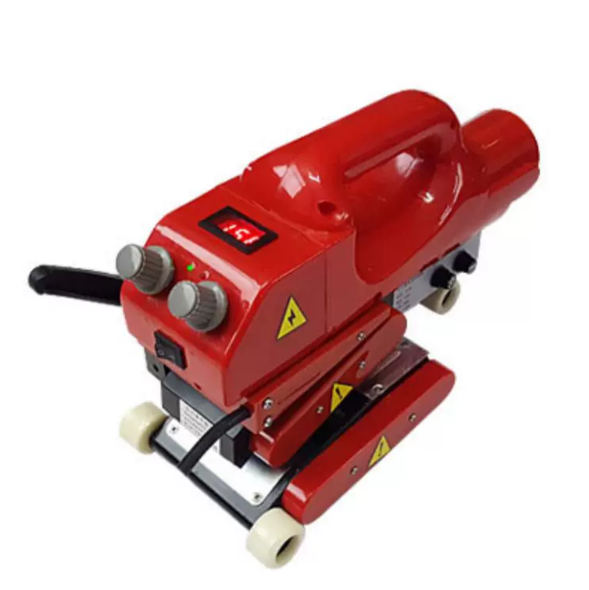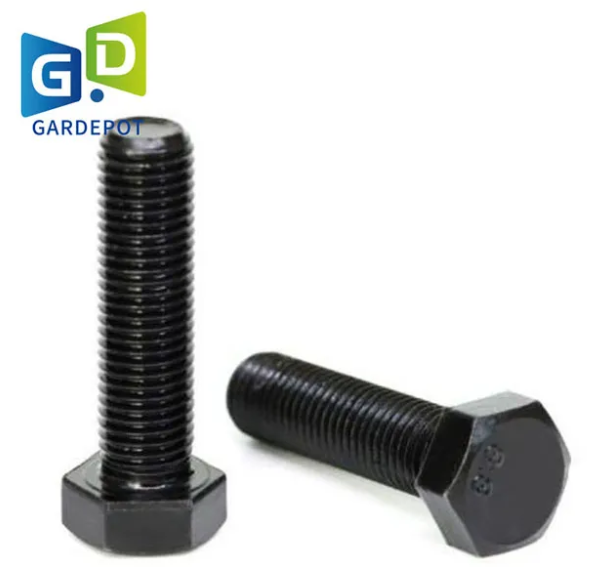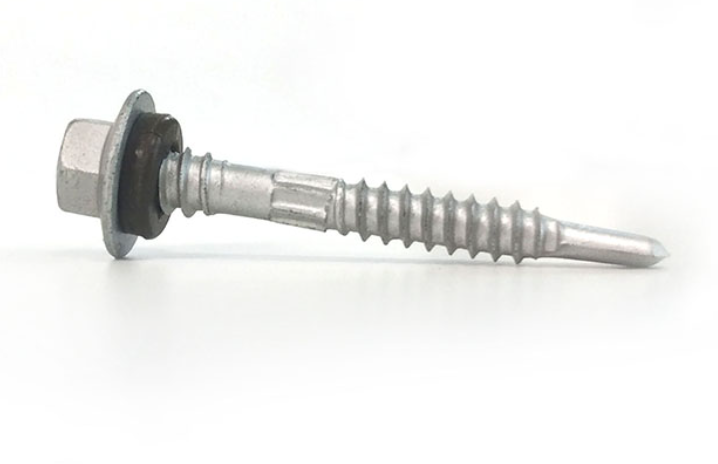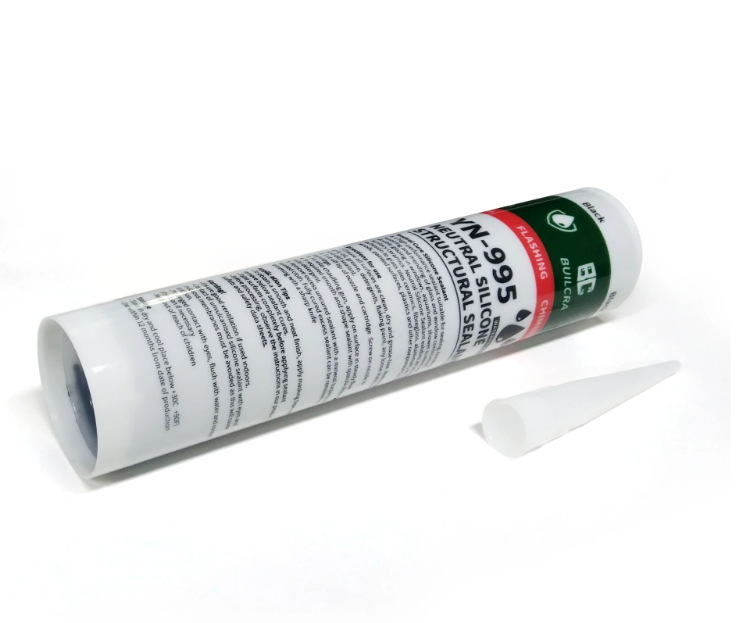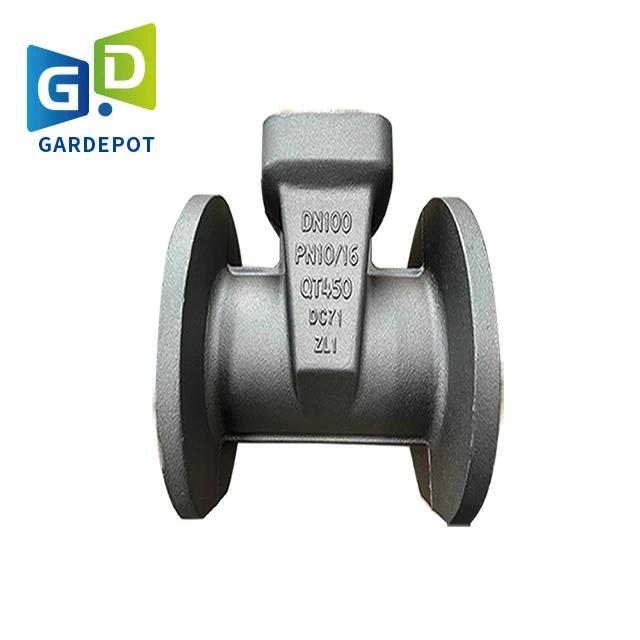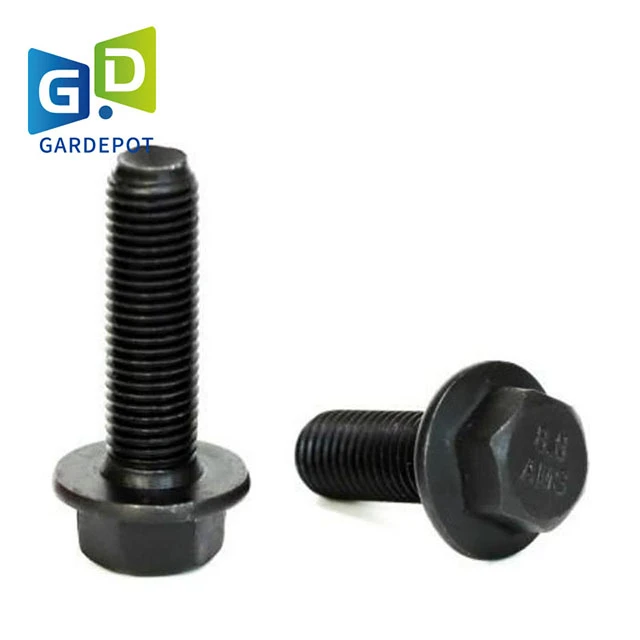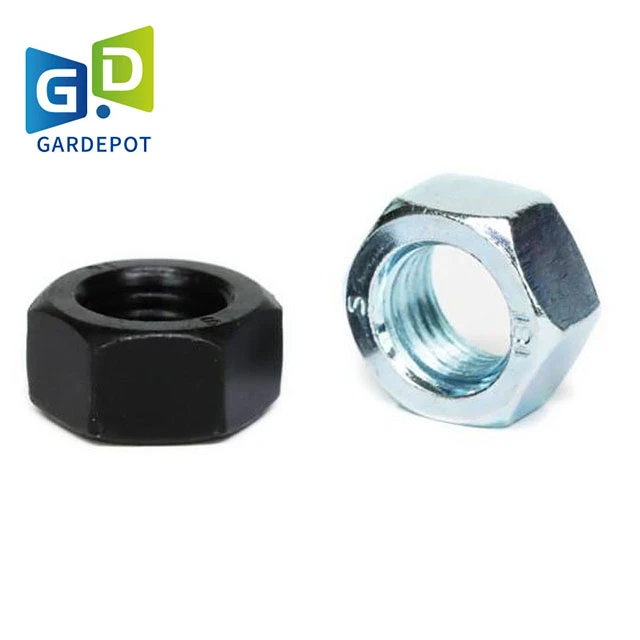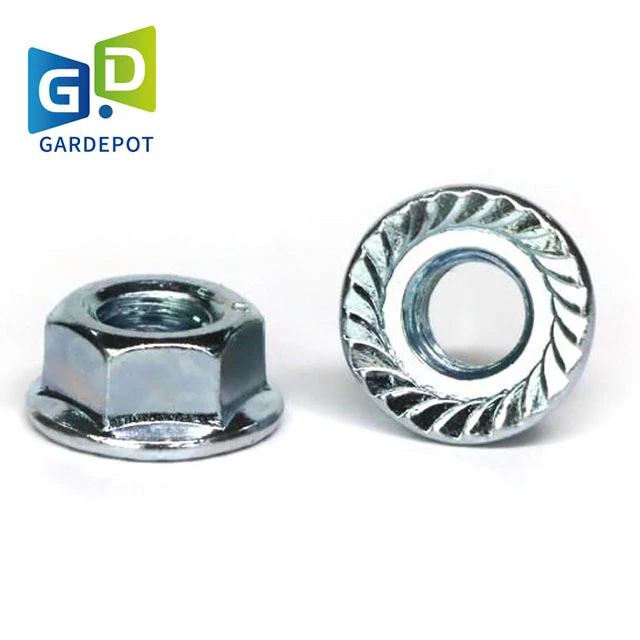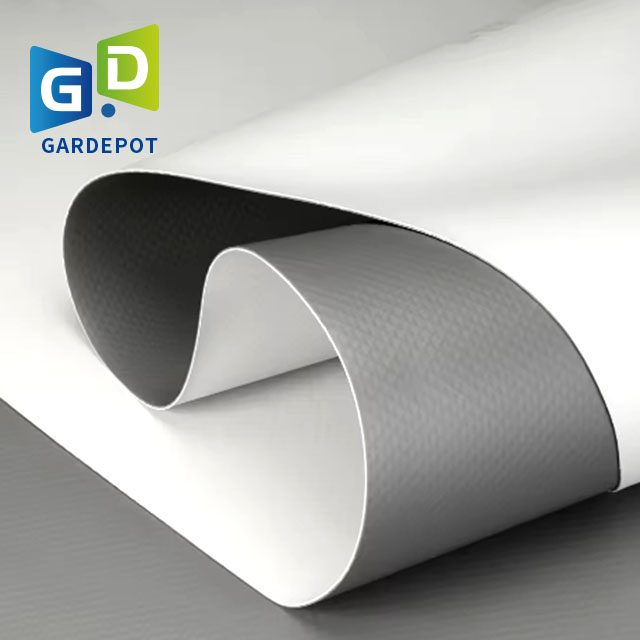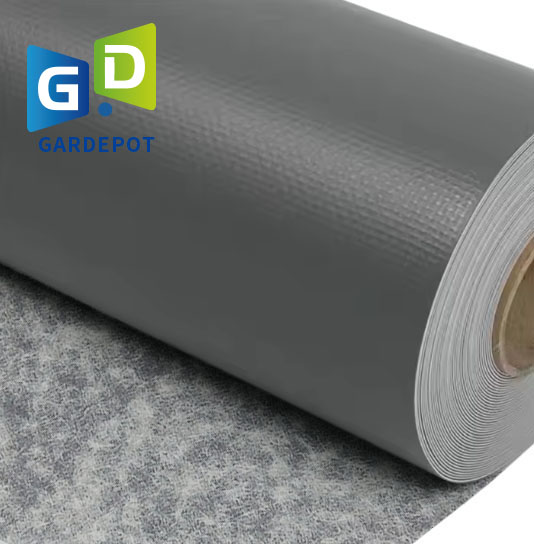Premium Coating Roof Waterproofing: Easy Apply, Lasting Seal
Introduction to Advanced Roof Waterproofing Solutions
In the demanding landscape of modern industrial and commercial construction, effective roof waterproofing is paramount for asset protection, operational continuity, and long-term structural integrity. Traditional methods often fall short in durability and environmental performance, driving innovation towards more resilient solutions. This article delves into the critical aspects of coating roof waterproofing, exploring its technical underpinnings, application advantages, and its role in meeting stringent B2B requirements. We will also touch upon related advanced technologies such as self adhesive membrane roofing and EPDM rubber roofing rolls, providing a comprehensive overview for discerning professionals.
Industry Trends and Market Dynamics
The global waterproofing market is experiencing robust growth, driven by increasing construction activities, the need for energy-efficient buildings, and stricter regulatory standards for environmental protection. According to recent market analyses, the demand for high-performance waterproofing solutions, particularly in the commercial and industrial sectors, is projected to expand significantly. Key drivers include the refurbishment of aging infrastructure, the adoption of green building practices, and the push for materials with extended service life and reduced maintenance cycles. Solutions offering superior UV resistance, chemical stability, and thermal reflective properties are gaining traction, moving beyond conventional asphaltic applications towards advanced polymeric systems like PVC-based composites.
This shift emphasizes durability, ease of installation, and a lower total cost of ownership over the lifecycle of the building. End-users are increasingly seeking trusted vendors who can provide not just products, but holistic, customized solutions backed by extensive technical support and proven field performance.
The Science of Advanced Roof Waterproofing: Materials and Process Flow
Understanding the manufacturing process of advanced coating roof waterproofing materials is crucial for appreciating their superior performance characteristics. For products such as the PVC With Fiber Composite Backing Sheet, the process integrates precision engineering with advanced material science to achieve optimal durability and functionality.
Product Materials and Composition
- Polyvinyl Chloride (PVC) Layer: The primary waterproofing layer, formulated for excellent UV resistance, chemical inertness, and flexibility. This thermoplastic polymer can be compounded with plasticizers, stabilizers, and flame retardants to achieve specific performance profiles.
- Fiber Composite Backing: A non-woven or woven reinforcement layer, typically polyester or fiberglass, providing dimensional stability, enhanced puncture resistance, and improved adhesion to various substrates. This backing significantly reduces thermal expansion/contraction stress on the membrane.
- Adhesion Enhancers/Bonding Agents: Specialized layers or treatments ensuring robust laminate integrity and strong bonding to the substrate during installation.
Manufacturing Process Flow for PVC With Fiber Composite Backing Sheet
- Raw Material Preparation: High-grade PVC resins, plasticizers, UV stabilizers, fillers, and pigments are precisely weighed and mixed in high-speed blenders to create a homogeneous compound. Fiber reinforcement rolls are prepped for lamination.
- Extrusion & Calendering: The PVC compound is fed into an extruder, melted, and forced through a die to form a continuous sheet. This sheet then passes through a series of heated calender rolls, which precisely control its thickness, width, and surface finish, ensuring uniform material density and elimination of imperfections.
- Lamination (Composite Formation): Concurrently, the fiber composite backing is unwound and precisely aligned with the calendered PVC sheet. Through a specialized lamination process involving heat and pressure, the PVC layer is permanently bonded to the fiber backing, creating a single, robust composite membrane. This critical step ensures superior tensile strength and tear resistance.
- Cooling and Curing: The newly formed composite sheet is passed through a cooling station to stabilize its dimensions and mechanical properties. A controlled curing period further enhances the material's structural integrity and prepares it for subsequent processing.
- Edge Trimming and Inspection: The membrane undergoes automated edge trimming to ensure uniform width. Sophisticated optical and ultrasonic inspection systems continuously monitor the material for defects, ensuring consistency across the entire production batch.
- Roll Winding and Packaging: The defect-free composite sheet is then precisely wound onto cores to create rolls of specified length, ready for packaging and dispatch.
Testing Standards and Service Life
All materials undergo rigorous testing in accordance with international standards such as ISO 9001 for quality management, ASTM D4434 for PVC sheet roofing, and European standards like EN 13956. Key performance indicators tested include tensile strength, elongation, tear resistance, puncture resistance, fire resistance (e.g., UL Class A, B, C), UV stability (accelerated weathering), and chemical resistance. These membranes are designed for an exceptional service life, often exceeding 20-30 years, significantly outperforming traditional alternatives.
Target Industries and Application Advantages: Our advanced coating roof waterproofing solutions are indispensable across various critical sectors:
- Petrochemical Plants: Where resistance to aggressive chemicals and high temperatures is paramount. PVC membranes offer superior chemical inertness compared to asphalt-based systems.
- Metallurgy Facilities: Requiring robust solutions that withstand corrosive atmospheric conditions and heavy industrial traffic.
- Water Supply & Drainage Infrastructure: For reservoirs, treatment plants, and pump stations where long-term impermeability and resistance to biological growth are critical.
- Commercial & Logistics Centers: Benefiting from energy-saving "cool roof" properties that reflect solar radiation, reducing cooling costs, and contributing to LEED certification.
- Data Centers & Pharmaceutical Labs: Where absolute watertightness and minimal operational disruption are non-negotiable.
These materials contribute significantly to energy saving through high solar reflectivity (cool roof technology) and provide exceptional corrosion resistance, protecting underlying structures from environmental degradation.

Technical Specifications and Performance Metrics
The performance of a coating roof waterproofing system is quantified by precise technical specifications. For B2B decision-makers, understanding these parameters is essential for selecting the appropriate material for specific project requirements and ensuring long-term structural integrity. Our PVC With Fiber Composite Backing Sheet exemplifies superior engineering through its meticulously tested properties.
Product Specification Table: PVC With Fiber Composite Backing Sheet
| Parameter | Test Method (ASTM/EN) | Typical Value (Metric) | Significance |
|---|---|---|---|
| Material Composition | N/A | PVC + Polyester Fiber | Ensures flexibility, strength, and substrate adhesion. |
| Thickness | ASTM D751 | 1.2 mm - 2.0 mm (standard) | Influences durability, puncture resistance, and service life. |
| Tensile Strength (Warp/Weft) | ASTM D412 / EN 12311-2 | ≥ 1100 N/50mm | Resistance to pulling forces and structural movement. |
| Elongation at Break (Warp/Weft) | ASTM D412 / EN 12311-2 | ≥ 15% | Ability to stretch and accommodate building movement without fracturing. |
| Tear Resistance | ASTM D1004 / EN 12310-2 | ≥ 250 N | Resistance to propagation of cuts or tears. |
| Puncture Resistance | ASTM D5602 / EN 12691 | ≥ 250 N | Resistance to sharp objects and foot traffic. |
| UV Resistance (Accelerated Weathering) | ASTM G154 (5000h) | No cracking, chalking, or delamination | Long-term stability against solar radiation exposure. |
| Fire Resistance Rating | UL 790 / EN 13501-5 | Class A, B or C (system dependent) | Compliance with building safety codes and fire spread control. |
| Chemical Resistance | ASTM D543 | Excellent against common acids, alkalis, oils | Protection in industrial environments with chemical exposure. |
| Temperature Flexibility | ASTM D2137 | -30°C to +80°C | Maintains performance across wide climatic variations. |
| Solar Reflectance Index (SRI) | ASTM E1980 | ≥ 80 (White) | Contributes to 'cool roof' energy efficiency and reduced urban heat island effect. |
These specifications highlight the engineered robustness of the PVC With Fiber Composite Backing Sheet, making it a reliable choice for demanding roofing applications where long-term performance and minimal maintenance are critical considerations for owners and facility managers.
Application Scenarios & Real-World Experience
The versatility and performance of advanced coating roof waterproofing solutions make them suitable for a diverse range of challenging application scenarios. Our PVC With Fiber Composite Backing Sheet has been deployed successfully across various projects, demonstrating its adaptability and superior long-term performance.
Diverse Application Environments
- Large Flat Roofs (Commercial & Industrial): Ideal for expansive roofs on warehouses, factories, and retail complexes. The membrane's wide rolls and heat-welded seams ensure rapid, watertight installation over vast areas, minimizing disruption. Its durability withstands rooftop equipment, maintenance traffic, and variable weather.
- Green Roofs & Vegetated Systems: The robust puncture resistance and chemical inertness of the PVC membrane make it an excellent choice as the primary waterproofing layer beneath intensive or extensive green roof systems. It resists root penetration and degradation from organic matter.
- High-Corrosion Environments: In facilities like chemical processing plants, pulp & paper mills, or coastal structures, the PVC membrane offers exceptional resistance to acids, alkalis, and industrial pollutants, safeguarding the underlying structure where other materials might rapidly degrade.
- Critical Infrastructure Projects: For data centers, power generation facilities, or transportation hubs, where even minor water ingress can lead to catastrophic failures. The reliability and longevity of the PVC composite sheet provide unparalleled peace of mind.
- Renovation and Re-Roofing: Its lightweight nature and flexibility allow for efficient installation over existing roofing systems, often eliminating the need for costly and time-consuming tear-offs, while providing an immediate uplift in performance.
Customer Feedback and Service Cases
Our long-standing clients frequently commend the ease of installation and the reliable, leak-free performance of our PVC membranes. A project manager for a large distribution center noted, "The ability to rapidly install large sections of the PVC membrane, coupled with the confidence in its heat-welded seams, drastically cut down our project timeline and ensured a perfectly dry interior, even through severe storm seasons."
Another client in the food processing industry highlighted the membrane’s resistance to cleaning agents and fats, stating, "Maintaining a sterile environment is crucial for us. The PVC roof has proven impervious to our aggressive cleaning protocols, which was a significant issue with previous roofing materials." These real-world applications underscore the practical advantages and proven reliability of our waterproofing solutions in demanding industrial settings.

Technical Advantages & Comparative Analysis
When evaluating roofing solutions, a thorough comparative analysis is essential. Advanced coating roof waterproofing, particularly PVC with fiber composite backing, offers distinct technical advantages over other popular materials like self adhesive membrane roofing and EPDM rubber roofing rolls.
Core Technical Advantages of PVC Composite Membranes
- Exceptional Durability & Longevity: PVC membranes are engineered for resistance to UV radiation, ozone, and chemical exposure, boasting service lives of 20-30 years or more. The fiber backing enhances tear and puncture resistance, crucial for industrial settings.
- Superior Seam Integrity: PVC membranes are heat-welded at seams, creating a monolithic, homogeneous bond stronger than the membrane itself. This virtually eliminates seam failures, a common vulnerability in other systems.
- Energy Efficiency (Cool Roofs): White PVC membranes have high solar reflectivity and thermal emissivity, significantly reducing heat absorption. This translates to lower building cooling costs and helps mitigate the urban heat island effect.
- Chemical and Fire Resistance: PVC inherently offers strong resistance to a wide array of industrial chemicals and is typically formulated with fire retardants, achieving high fire ratings crucial for industrial compliance.
- Ease of Maintenance: The smooth, non-porous surface of PVC resists dirt, algae, and mold growth, making cleaning straightforward and reducing long-term maintenance costs.
Product Comparison Table: PVC vs. EPDM vs. Self-Adhesive Bitumen
To further illustrate the advantages, here’s a comparison of key performance indicators across prominent roofing membrane types:
| Feature | PVC (e.g., Composite Sheet) | EPDM Rubber Roofing Rolls | Self Adhesive Membrane Roofing |
|---|---|---|---|
| Seam Integrity | Heat-welded, monolithic (strongest) | Adhesive tape, primer-dependent (can be a weak point) | Cold-applied adhesive, can be prone to inconsistencies |
| UV Resistance | Excellent (specifically formulated for UV stability) | Good (inherent UV resistance, but usually black) | Good (mineral or foil surfaced provides protection) |
| Chemical Resistance | Excellent (resistant to many industrial chemicals) | Good (sensitive to oils, fuels, and some solvents) | Fair (bitumen-based, vulnerable to certain chemicals) |
| Puncture Resistance | Very Good (enhanced by fiber backing) | Moderate (can be susceptible to punctures) | Good (reinforced, but depends on thickness) |
| Fire Rating | High (often Class A or B, self-extinguishing) | Moderate (requires fire retardants for higher ratings) | Moderate (can be flammable without fire-resistant surfacing) |
| Installation Complexity | Moderate (requires specialized heat-welding equipment) | Relatively Low (adhesive-based, but large sheets can be cumbersome) | Low (peel-and-stick, but surface prep is crucial) |
| Service Life Expectancy | 20-30+ years | 20-30 years | 10-20 years |
| Cost (Installed) | Medium to High (initial investment offset by longevity) | Medium | Low to Medium |
| Energy Efficiency | Excellent (high reflectivity for cool roofs) | Poor (typically black, absorbs heat, unless coated) | Moderate (depends on surfacing, e.g., white granules) |
This comparison clearly positions PVC composite membranes as a superior choice for projects demanding high performance, long-term reliability, and specialized resistance to environmental and chemical stressors. While initial costs might be higher than some alternatives, the extended service life, reduced maintenance, and energy savings deliver a compelling return on investment over the lifecycle of the roof.
Customized Solutions and Application Case Studies
Recognizing that no two projects are identical, our approach to coating roof waterproofing emphasizes flexibility and tailored solutions. We collaborate closely with clients to develop specifications that precisely match the unique demands of their structures, operational environments, and budgetary constraints.
Tailored Waterproofing Strategies
- Thickness & Reinforcement: Custom options for membrane thickness (e.g., 1.5mm, 1.8mm, 2.0mm) and reinforcement types (e.g., heavier denier polyester, glass fiber) to meet specific puncture resistance, traffic load, or wind uplift requirements.
- Color & Aesthetics: While white is popular for cool roof benefits, other colors can be custom-produced for architectural integration or specific aesthetic preferences.
- Chemical Resistance: Special formulations can be developed or recommended for roofs exposed to unusual or highly aggressive chemicals, ensuring an enhanced protection profile.
- Thermal Performance: Beyond standard cool roof properties, specific insulation pairings and system designs can be optimized to achieve target R-values and U-factors for stringent energy efficiency goals.
- Accessories and Detailing: Comprehensive range of custom-fabricated flashing, pre-formed corners, and fastening solutions to ensure watertightness at complex penetrations and transitions.
Real-World Application Case Studies
Here are two illustrative case studies demonstrating the effectiveness and versatility of our PVC With Fiber Composite Backing Sheet:
-
Case Study 1: Large-Scale Industrial Warehouse in a Humid Climate
Client: Global Logistics Provider
Challenge: An expansive 500,000 sq ft distribution center in a region prone to heavy rainfall and high humidity experienced persistent leaks with its aging modified bitumen roof, leading to inventory damage and operational downtime. The client sought a durable, energy-efficient replacement with a long warranty.
Solution: We specified a 1.5mm PVC With Fiber Composite Backing Sheet, mechanically fastened over a high-density insulation board. The white surface was selected for its high Solar Reflectance Index (SRI > 85) to reduce cooling loads, and all seams were hot-air welded for maximum integrity.
Outcome: The new coating roof waterproofing system provided absolute watertightness. The client reported a 15% reduction in cooling energy consumption during peak summer months and zero leaks after several severe weather events over five years. The ease of maintenance and clear warranty terms further reinforced their satisfaction. -
Case Study 2: Chemical Processing Facility Roof Refurbishment
Client: Specialty Chemical Manufacturer
Challenge: The roof of a processing unit was regularly exposed to chemical fumes and minor spills, leading to rapid degradation of the existing EPDM membrane and severe cracking. The client required a highly chemical-resistant and fire-rated solution that could be installed with minimal disruption to ongoing operations.
Solution: A custom-formulated 2.0mm PVC With Fiber Composite Backing Sheet, enhanced for specific chemical resistance, was chosen. The system was fully adhered to a lightweight concrete deck to prevent uplift in windy conditions and provide additional fire resistance. All flashing details around numerous pipe penetrations were meticulously heat-welded.
Outcome: The PVC membrane performed exceptionally well, showing no signs of degradation or chemical attack after three years of continuous exposure. The installation process was efficient, and the client commended the robust nature of the system, which provided a durable barrier against their challenging operational environment, exceeding the performance of the previous EPDM rubber roofing rolls.
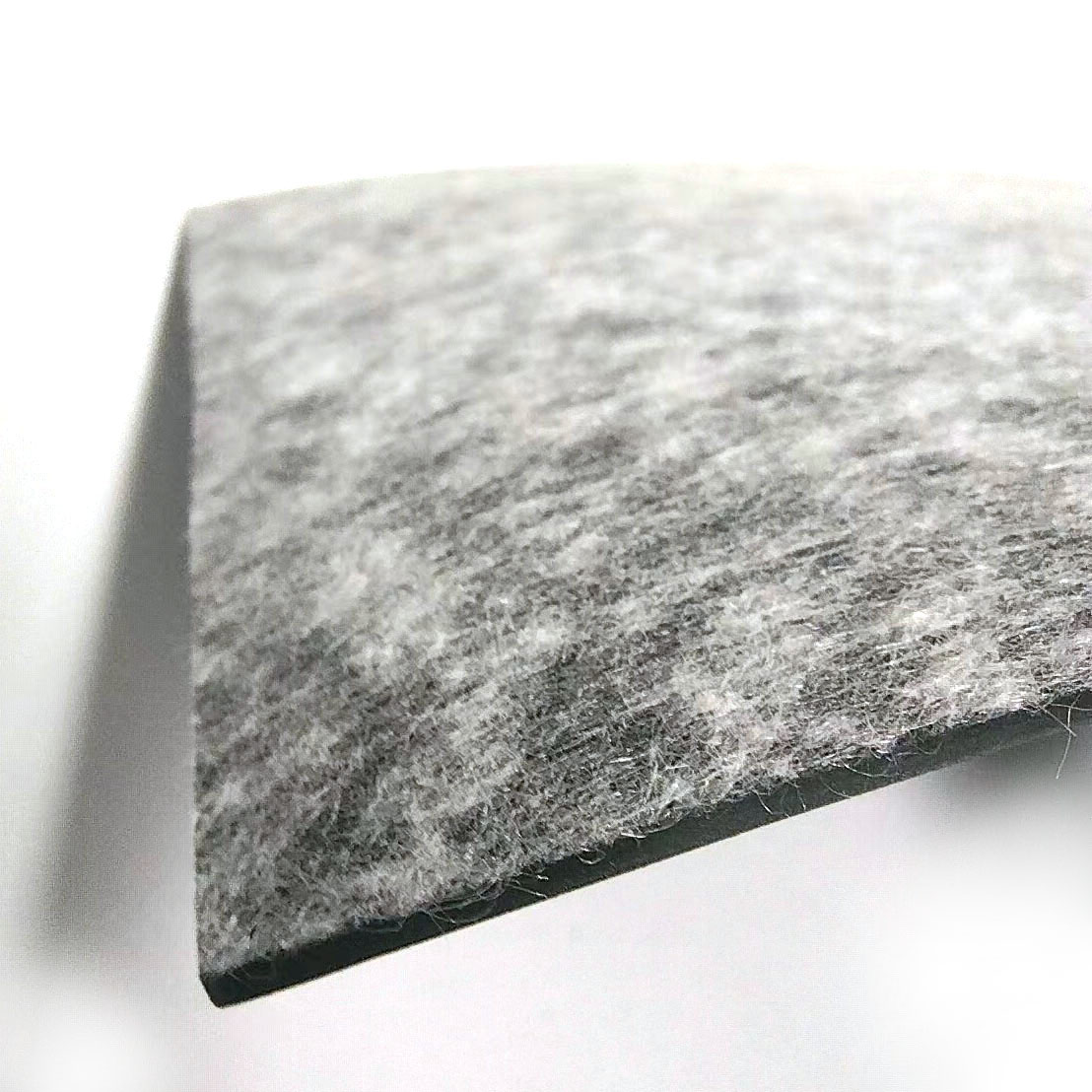
Authoritativeness and Trustworthiness
Establishing trust and authority in the B2B sector is paramount. Our commitment to excellence in coating roof waterproofing is underpinned by rigorous adherence to international standards, robust certifications, and a steadfast dedication to customer satisfaction.
Certifications, Partnerships, and Experience
- Quality Management: ISO 9001 certified manufacturing ensures consistent product quality and operational efficiency. Our processes are regularly audited for compliance and continuous improvement.
- Product Standards: Our PVC membranes meet or exceed critical industry benchmarks, including ASTM (American Society for Testing and Materials) standards for thermoplastic roofing, CE Marking (Conformité Européenne) for European market access, and relevant local building codes.
- Industry Partnerships: We collaborate with leading architectural firms, general contractors, and roofing consultants, contributing to system design and specification for complex projects globally. Our products are frequently specified by engineers in diverse sectors.
- Decades of Experience: With over 20 years in the waterproofing industry, we bring unparalleled expertise to every project, understanding the nuances of material science and application challenges.
- Third-Party Test Data: Performance claims are backed by extensive third-party laboratory testing and field performance data, ensuring transparency and verifiable product attributes.
Frequently Asked Questions (FAQ)
A1: Our PVC With Fiber Composite Backing Sheets are engineered for a service life exceeding 20-30 years under normal operating conditions, often outperforming alternatives like self adhesive membrane roofing.
A2: Absolutely. Its excellent root resistance and robust puncture resistance make it an ideal waterproofing layer for both intensive and extensive green roof systems.
A3: PVC membranes generally offer superior chemical resistance, especially to oils, fats, and industrial chemicals, compared to EPDM rubber roofing rolls, making them a better choice for industrial environments.
A4: Installation typically involves mechanical fastening or full adhesion to a prepared substrate, with all seams hot-air welded by trained and certified installers. Detailed installation guides and technical support are provided.
Lead Time, Warranty, and Customer Support
- Lead Time & Fulfillment: Standard product orders typically have a lead time of 2-4 weeks, depending on volume and customization. We maintain robust inventory levels and efficient logistics to ensure timely delivery for critical projects. Expedited options are available upon request.
- Warranty Commitments: Our coating roof waterproofing systems are backed by comprehensive material warranties, typically ranging from 15 to 25 years, with options for extended system warranties covering both material and labor through approved contractors. Specific warranty details are provided per project.
- Customer Support: Our dedicated technical support team, comprising seasoned engineers and product specialists, is available to assist with project specification, installation guidance, troubleshooting, and post-installation support. Contact us via phone, email, or our online portal for prompt assistance.
Conclusion
The selection of a robust coating roof waterproofing system is a critical investment for any B2B entity, directly impacting operational efficiency, asset protection, and long-term financial viability. The PVC With Fiber Composite Backing Sheet stands out as a superior solution, combining advanced material science with proven engineering to deliver unmatched durability, chemical resistance, energy efficiency, and a prolonged service life. By understanding the intricate manufacturing processes, adhering to stringent quality standards, and offering flexible, customized solutions, we empower our clients to make informed decisions that safeguard their assets for decades to come. Our commitment to expertise, experience, authoritativeness, and trustworthiness ensures that every project benefits from a reliable, high-performance waterproofing solution.
References
- ASTM International. (2023). Standard Specification for Poly(Vinyl Chloride) Sheet Roofing. ASTM D4434/D4434M.
- European Committee for Standardization. (2018). Flexible sheets for waterproofing - Definition and characteristics of plastic and rubber sheets for roof waterproofing - EN 13956.
- Cool Roof Rating Council (CRRC). (2023). Product Rating Directory.
- Journal of Building Physics. (Various issues). Articles on thermal performance and durability of roofing materials.
- National Institute of Standards and Technology (NIST). (Various publications). Research on building materials performance and sustainability.



